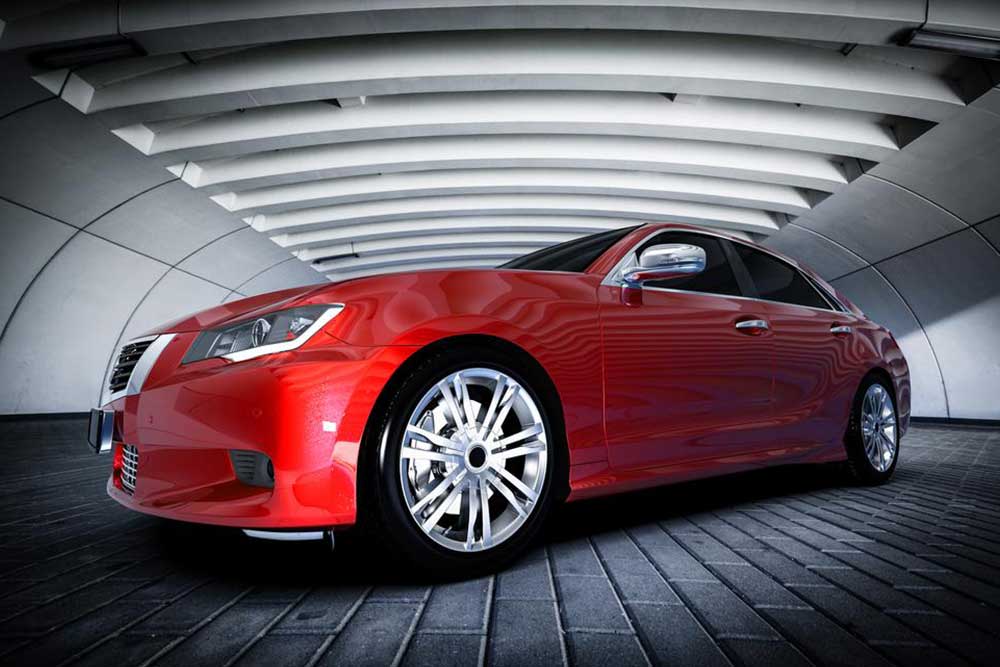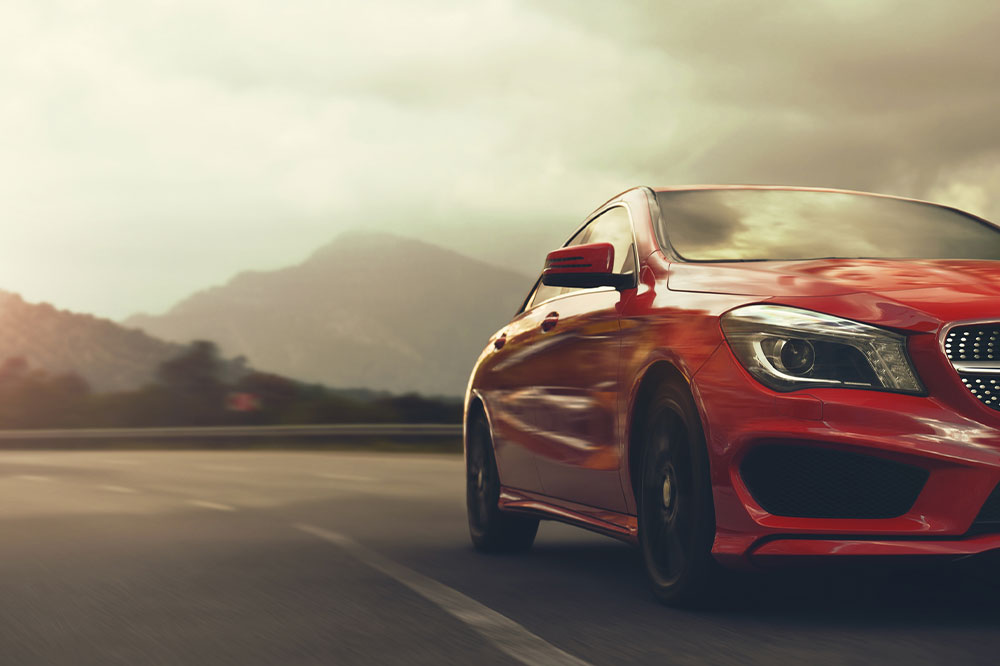Top Features of the Saturn S-Series
Saturn Corporation, or Saturn LLC, was an automobile manufacturing company that operated as a subsidiary of General Motors. Saturn worked quasi-independently from its parent company and was known for producing unique cars with exceptional features that quickly became popular among buyers. The Saturn S-Series is a family of compact cars that comes with a dent-resistant body, making it a reliable pick. Here are a few things to know about the car:

About the S-Series
The S series is a range of vehicles with a plastic body and a spaceframe design. The non-load carrying side, including the door skins, was made of plastic, and this resulted in dent-resistant and rust-proof vehicles. Saturn S-Series also had some interesting peculiarities, such as the z body (a platform designation used for some models built by General Motors), no-haggle pricing (buyers can slot below the manufacturer’s suggested retail price), and a wide network of dealers. During the fall of the 1990s, the company marketed the first Saturn S-Series car for the 1991 model year. Nearly every upcoming model brought minor changes even as the basic body style remained the same over the years.
Top features
The Saturn S-series is a five-seater sedan with refined wheel covers and dent-resistant body panels. The vehicle offers a front-wheel drive system and cool features like advanced airbags and four exterior color options. Here are its top features:
Exterior
Various models of the Saturn S-Series have undergone slight revisions to maintain a fresh look. The SC coupe was modified by reshaping body panels, while the SL sedan and SW wagon underwent improvements in design. The overall length of the vehicle is 178.1 inches, and it has a 102.4-inch wheelbase and rust-resistant polymer for the lower body panels. The hood, trunk, and roof are made from steel. The rust and dent-resistant materials used to make this car ensure that it looks good even with minimal maintenance.
Interior
The car can seat 5 people, two in the front row and three in the rear. It comes with a one-piece instrument panel cover and standard equipment such as stereo radio, a theft-deterrent system, and a rear-window defogger. The front bucket seats are wrapped n cloth upholstery and offer a headroom of 39.3 inches and leg room of 42.5 inches. The driver seat’s height can be adjusted, and it also has lumbar support, which can be adjusted manually. Other interior features that have that enhance one’s comfort and convenience are front cupholders, front door pockets, a passenger vanity mirror, and front seatback storage.
Engine and performance
The SL and SL1 models have a 100-horsepower, 1.9-liter engine, while the SL2 carries an upgraded version, producing 124 hp. All models come with either a five-speed manual transmission or an optional four-speed automatic transmission. This vehicle has an EPA fuel economy of 22 mpg on city roads and 32 mpg on the highway.
Safety
Antilock brakes with traction control are optional safety features. An optional curtain-type airbag is offered for all model years. The head curtain unfolds as it inflates, creating a broad cushion to protect the head of passengers during a side-impact collision. Other safety features of this car include child seat anchors and child safety locks on the rear doors, emergency interior trunk release, and rear center lap belt.
Entertainment features
To keep occupants entertained on their daily commute, this car comes with an AM/FM stereo with cassette and CD. The stereo has four speakers. A 6-disc CD changer is available for higher trims.
Cargo
The S-Series has a cargo capacity of 12.1 cubic feet, but this can be increased by folding the split rear seats.
Trims and pricing
In addition to the base trim, the Saturn S-Series offers two additional trims. The price of this car ranges from $10,500 to $13,500, depending on the trim one chooses.




